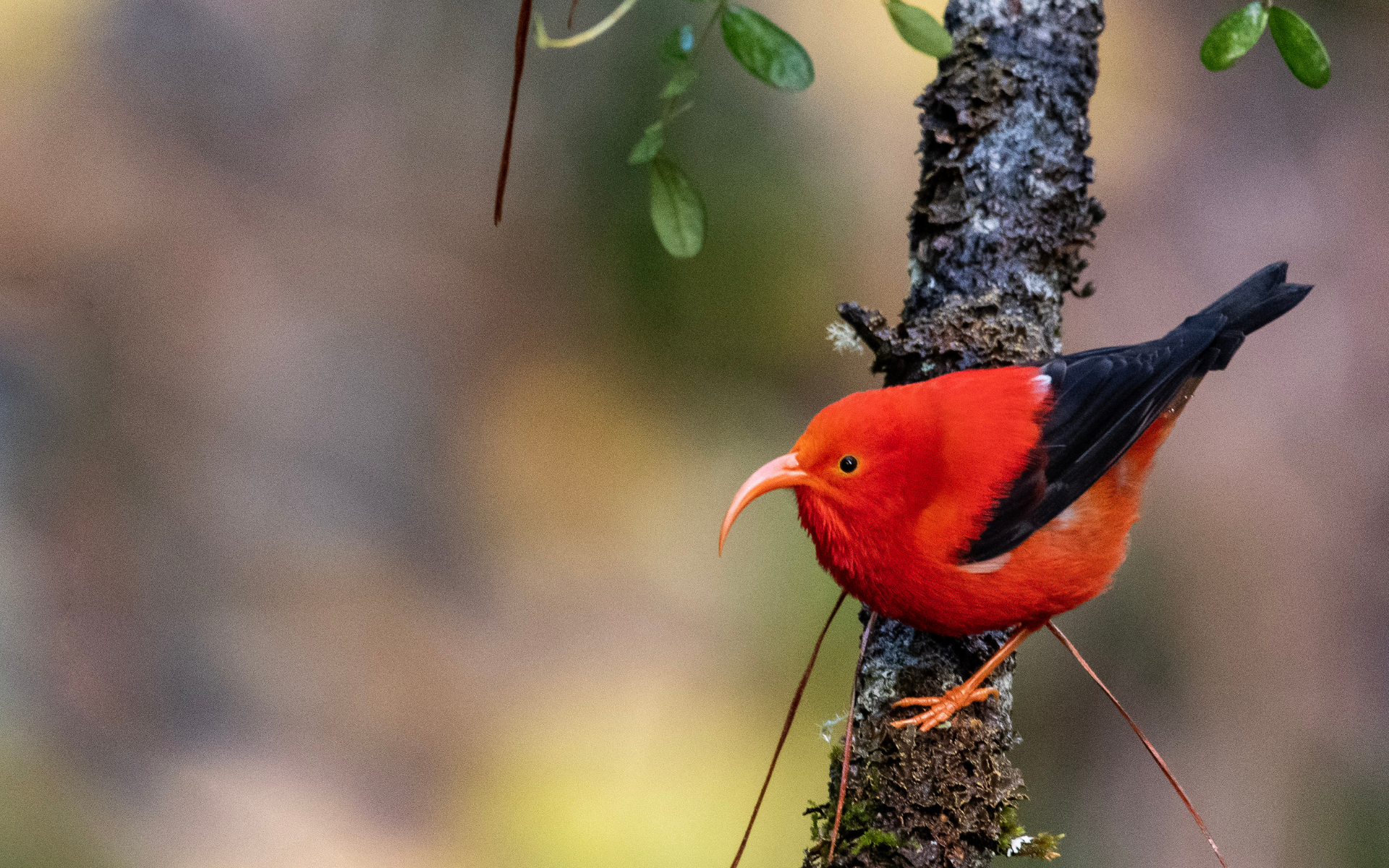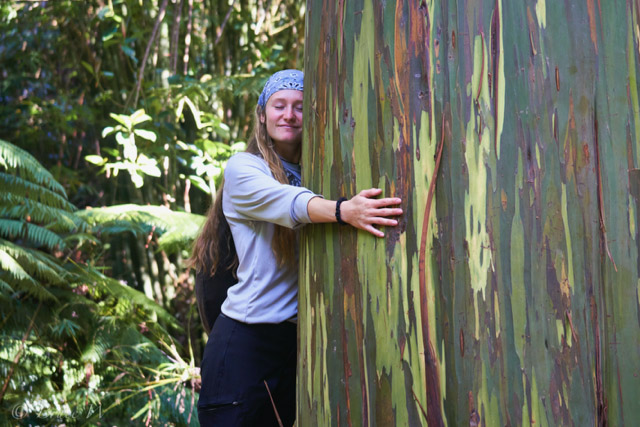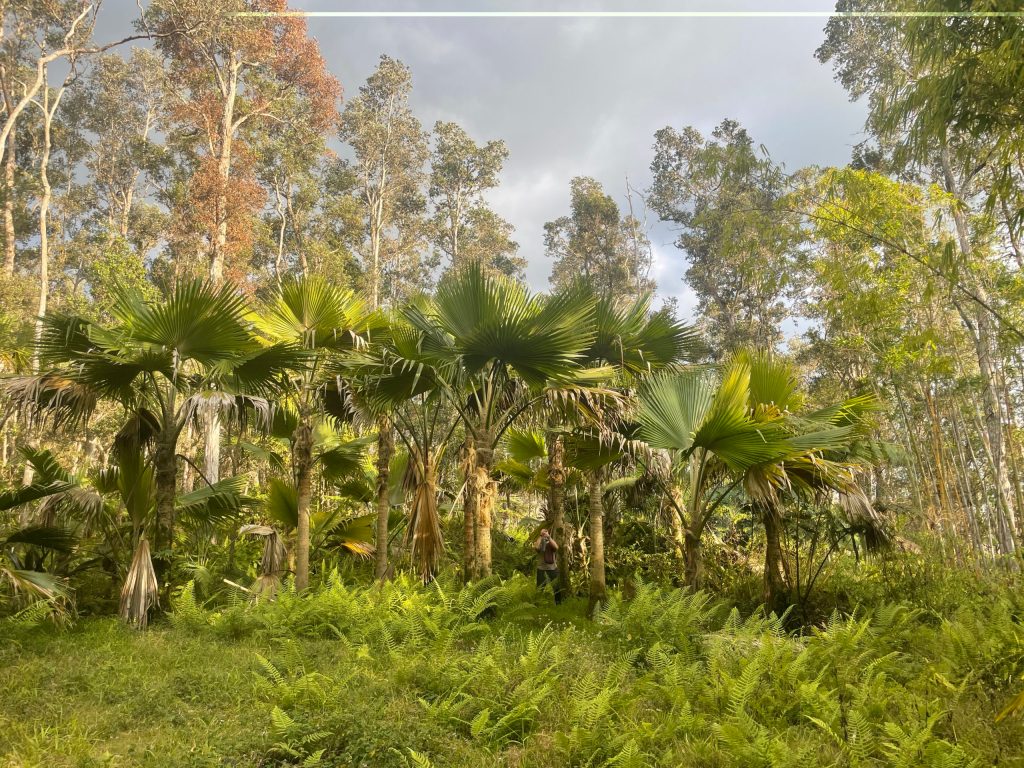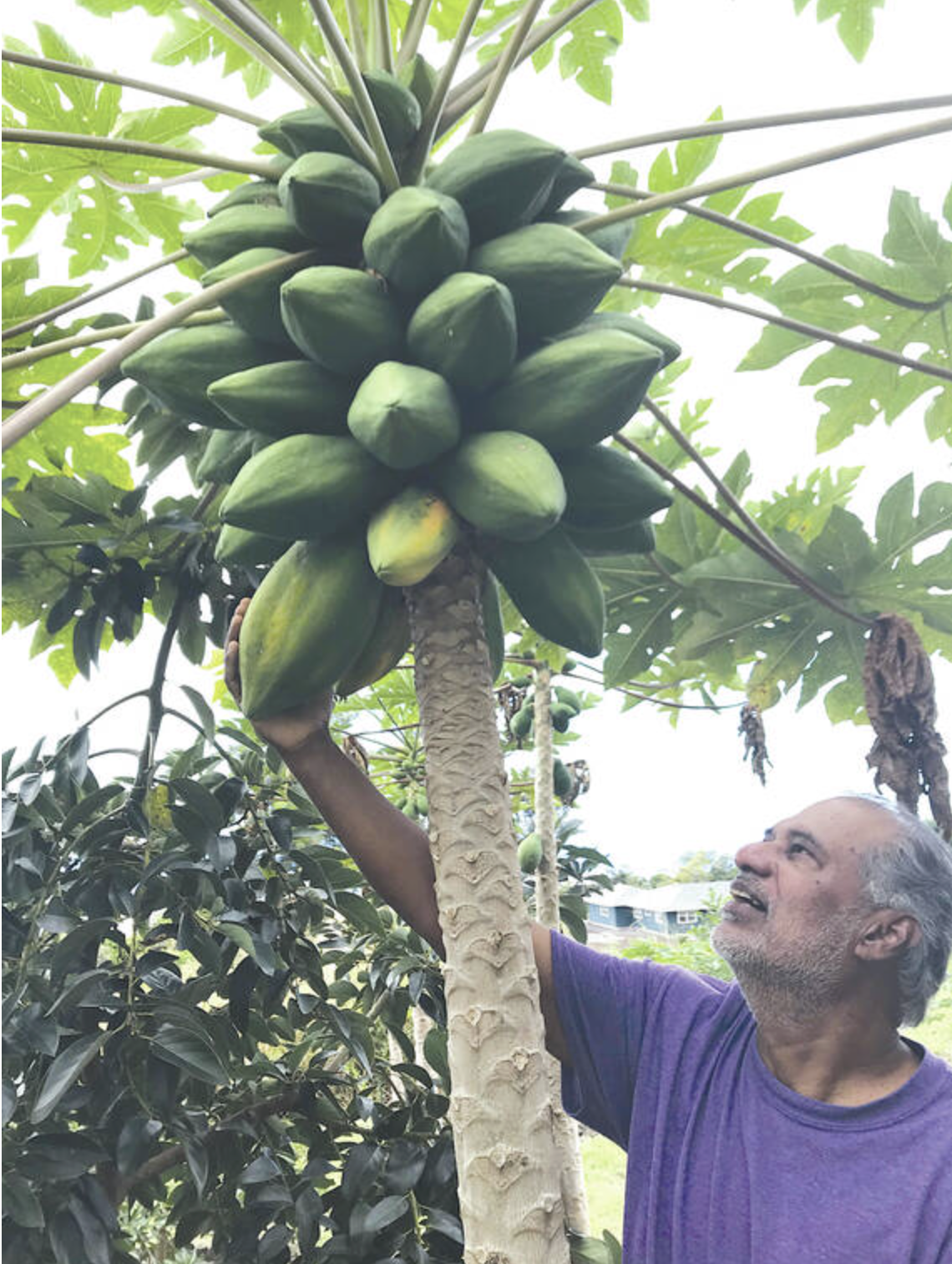Hawaii, known for its breathtaking landscapes and unique biodiversity, is home to a diverse range of native bird species. From the vibrant colors of the Hawaiian Honeycreeper to the distinctive calls of the Nene goose, these birds play a crucial role in the delicate balance of the islands’ ecosystems. However, the paradise these birds call home is under threat as their habitats face unprecedented challenges.
The Rich Tapestry of Native Birds
Hawaii boasts an array of native bird species found nowhere else on Earth. The ‘I’iwi with its scarlet plumage, the playful ‘Elepaio, and the endangered Puaiohi are just a few examples of the avian treasures inhabiting the islands. Beyond their visual appeal, these birds contribute to pollination, seed dispersal, and insect control, making them indispensable to the ecological web.
The Harsh Reality: Threats to Native Bird Habitats
Deforestation and Urbanization
One of the primary threats to native bird habitats in Hawai’i is deforestation driven by urbanization. As cities expand and agriculture encroaches upon natural areas, the once-pristine environments that sustained these birds are disappearing at an alarming rate.
Impact of Invasive Species
The introduction of non-native species has also wreaked havoc on Hawaii’s delicate ecosystems. This has created a wide variety of challenges for the native bird species of Hawai’i. Some of the invasive species include the introduction of diseases and predators such as feral cats, barn owls, rats, and mongoose. Notably, non-native mosquitoes serve as carriers for avian pox and avian malaria, leading to severe consequences for forest bird populations that had not evolved to cope with these threats. Local bird populations have had to retreat to higher elevations and to remote islands where the effect of invasive threats is lessened.
Climate Change Effects
The global challenge of climate change is particularly pronounced in Hawaii. Rising temperatures, changing rainfall patterns, and extreme weather events directly affect the habitats crucial for native birds. Adapting to these rapid changes becomes an additional hurdle for already vulnerable species.
Fighting Back: Conservation Efforts in Action
In response to these challenges, dedicated conservationists and organizations are working tirelessly to protect Hawaii’s native birds.
Existing Conservation Projects
Initiatives like the Hakalau Forest National Wildlife Refuge and the Maui Forest Bird Recovery Project aim to restore and protect critical habitats. These projects involve habitat restoration, predator control, and monitoring of bird populations.
Local communities, recognizing the urgency of the situation, are actively participating in conservation efforts. Non-profit organizations collaborate with government agencies to amplify the impact of their initiatives, emphasizing the need for a collective approach.
While some successes have been achieved, such as the recovery of the Alala, challenges persist. Sustainable funding, public awareness, and adapting strategies to evolving threats remain ongoing concerns.
Tourism’s Impact: Finding the Right Balance
Tourism, a major economic driver for Hawaii, brings both opportunities and challenges to native bird conservation. Educating visitors about the importance of respecting natural habitats and wildlife is crucial. Kona Cloud Forest Sanctuary is one of many organizations in Hawai’i that are contributing to the collective of responsible travel through education, service projects, and Implementing guidelines for responsible bird watching and ecotourism, ensuring that tourism benefits local communities without further endangering bird habitats.
Tourists can become ambassadors for conservation. Engaging narratives and educational programs can inspire visitors to appreciate the delicate balance between tourism and preserving the islands’ natural wonders. The Kona Cloud Forest Sanctuary offers daily educational tours for nature enthusiasts who care to be part of this journey, to raise awareness and inspire regenerative tourism.
Government Initiatives: Policies and Collaborations
State and Federal Policies
Hawaii has implemented policies to protect native species and their habitats. Collaborations with federal agencies ensure a comprehensive approach, leveraging resources to address the complex interplay of factors threatening bird populations. Financial support is crucial for implementing conservation strategies. Government grants and funding opportunities enable research, habitat restoration, and community engagement initiatives.
The Heart of the Matter: Community Involvement
Empowering local communities to actively participate in conservation efforts fosters a sense of ownership and responsibility. Community-based initiatives ensure that the people most affected by the loss of bird habitats are directly involved in their protection. Educational programs in schools and communities create awareness from an early age, instilling a deep-rooted sense of environmental stewardship. By nurturing this connection, future generations become guardians of Hawaii’s unique biodiversity.
Future Outlook: Challenges and Innovations
Anticipating future challenges, such as emerging diseases and further habitat loss, is essential. Proactive measures must be taken to address these threats before they escalate.
Innovations in Conservation
Advancements in technology, from remote sensing to artificial intelligence, offer innovative solutions. These tools aid in monitoring bird populations, tracking habitat changes, and implementing targeted conservation measures. As we face an era of unprecedented environmental changes, technology becomes an ally in conservation efforts. Harnessing the power of data and connectivity, technology offers hope in the fight against habitat loss.
Preserving Hawaii’s Avian Treasures
In the delicate dance between progress and preservation, Hawaii stands at a crossroads. The loss of native bird habitats is not just an environmental concern but a cultural and ecological crisis. Urgent and collective action is needed to ensure that the symphony of bird calls continues to echo through the islands for generations to come.
FAQ’s
How can tourists contribute to bird conservation in Hawaii?
Visitors can support conservation by choosing eco-friendly tour operators and respecting designated wildlife areas. The North Kona CBC (20+ yrs) is part of the Audubon Society Christmas Bird Count done every year in North America, Central America, Caribbean, Hawai’i, Guam, and Northern Mariana Islands. The CBC is the oldest citizen science project in the world (started in 1900). Over the years, Makalei GC, Makani GC, Puuwaawaa SP, Huehue Ranch, and Kona Cloud Forest Sanctuary have been participating in this annual event.
Are there specific laws in Hawaii protecting native bird habitats?
Yes, Hawaii has laws and regulations safeguarding native species and their habitats. Violations may result in hefty fines.
What role do local communities play in bird conservation?
Local communities actively participate in habitat restoration, awareness programs, and monitoring efforts to protect native birds.
How does climate change affect Hawaii’s native bird populations?
Climate change disrupts habitats, alters food sources, and increases the frequency of extreme weather events, directly impacting bird survival.
Is there hope for the recovery of endangered bird species in Hawaii?
Yes, ongoing conservation efforts have shown positive results, indicating that with continued dedication, recovery is possible.








